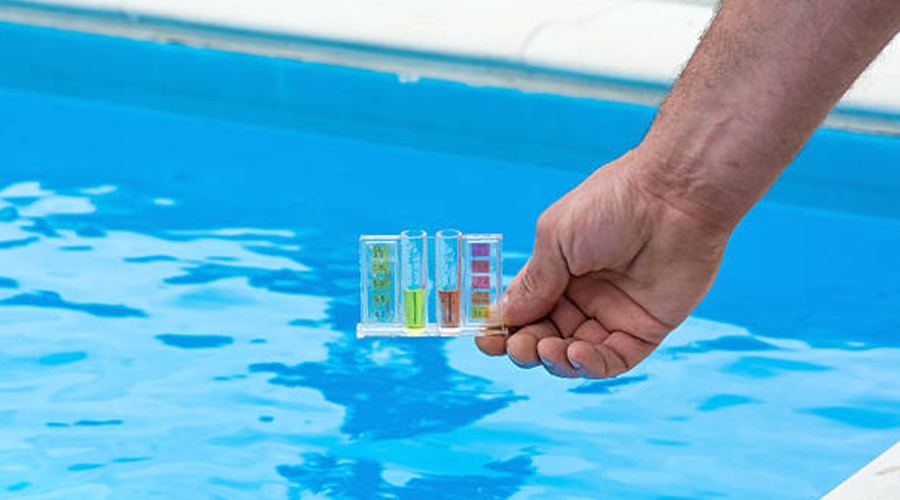
A pool water testing kit is an essential tool for anyone who owns a pool. It allows you to check the chemical balance of the water and ensure that it’s safe to swim in. A pool water testing kit typically measures the pH level, total alkalinity, and chlorine level in the water. In this article, we’ll discuss how a pool water testing kit works and how to use one effectively.
How does a pool water testing kit work?
Pool water testing kits come in several different forms, but most of them work on the same basic principle. They use chemical reagents to test the water and provide an accurate measurement of its chemical balance. The most common types of pool water testing kits are test strips and liquid testing kits. Test strips are simple to use and provide quick results. To use test strips, you simply dip them into the pool water and wait a few seconds. The strip will change color to indicate the chemical balance of the water. Different colors represent different chemical levels, and you can compare the color on the strip to a color chart to determine the exact measurement. Liquid testing kits are more accurate than test strips and provide a more detailed analysis of the water. To use a liquid testing kit, you need to take a water sample from your pool and add it to a test tube. You then add a few drops of the testing reagent to the water and mix it together. The reagent will change color based on the chemical levels in the water. Like with test strips, you compare the color to a color chart to determine the exact measurement.
What does a pool water testing kit measure?
A pool water testing kit typically measures three different chemical levels – pH, total alkalinity, and chlorine level. pH level: The pH level measures the acidity or alkalinity of the water. The ideal pH level for pool water is between 7.2 and 7.8. If the pH level is too low, the water is too acidic, and if it’s too high, it’s too alkaline.
Total alkalinity:
Total alkalinity measures the ability of the water to resist changes in pH. The ideal total alkalinity for pool water is between 80 and 120 ppm. If the total alkalinity is too low, the pH level will be unstable, and if it’s too high, the water will be too hard.
Chlorine level:
The chlorine level measures the amount of chlorine in the water. Chlorine is used to kill bacteria and keep the water clean. The ideal chlorine level for pool water is between 1 and 3 ppm.
How to use a pool water testing kit effectively?
To use a pool water testing kit effectively, follow these simple steps:
Step 1:
Read the instructions carefully. Different pool water testing kits have different instructions, so it’s important to read them carefully before use.
Step 2:
Take a water sample. Use a clean container to take a water sample from your pool. Take the sample from a depth of around 18 inches.
Step 3:
Test the water. Depending on the type of pool water testing kit you have, either dip the test strip into the water or add the testing reagent to the water sample in the test tube.
Step 4:
Compare the color to the color chart. Once you’ve tested the water, compare the color on the strip or in the test tube to the color chart provided with the kit.
Step 5:
Adjust the chemical levels. If the chemical levels are incorrect, follow the instructions provided with the kit to adjust them. You may need to add chemicals to the pool water to achieve the correct balance.
Conclusion:
A pool water testing kit is an essential tool for anyone who owns a pool. A pool water testing kit measures the pH level, total alkalinity, and chlorine level of the water. By using a pool water testing kit, you can ensure that your pool remains enjoyable to swim in. Follow the instructions and adjust the chemical levels as needed to maintain the ideal chemical balance in your pool water.


